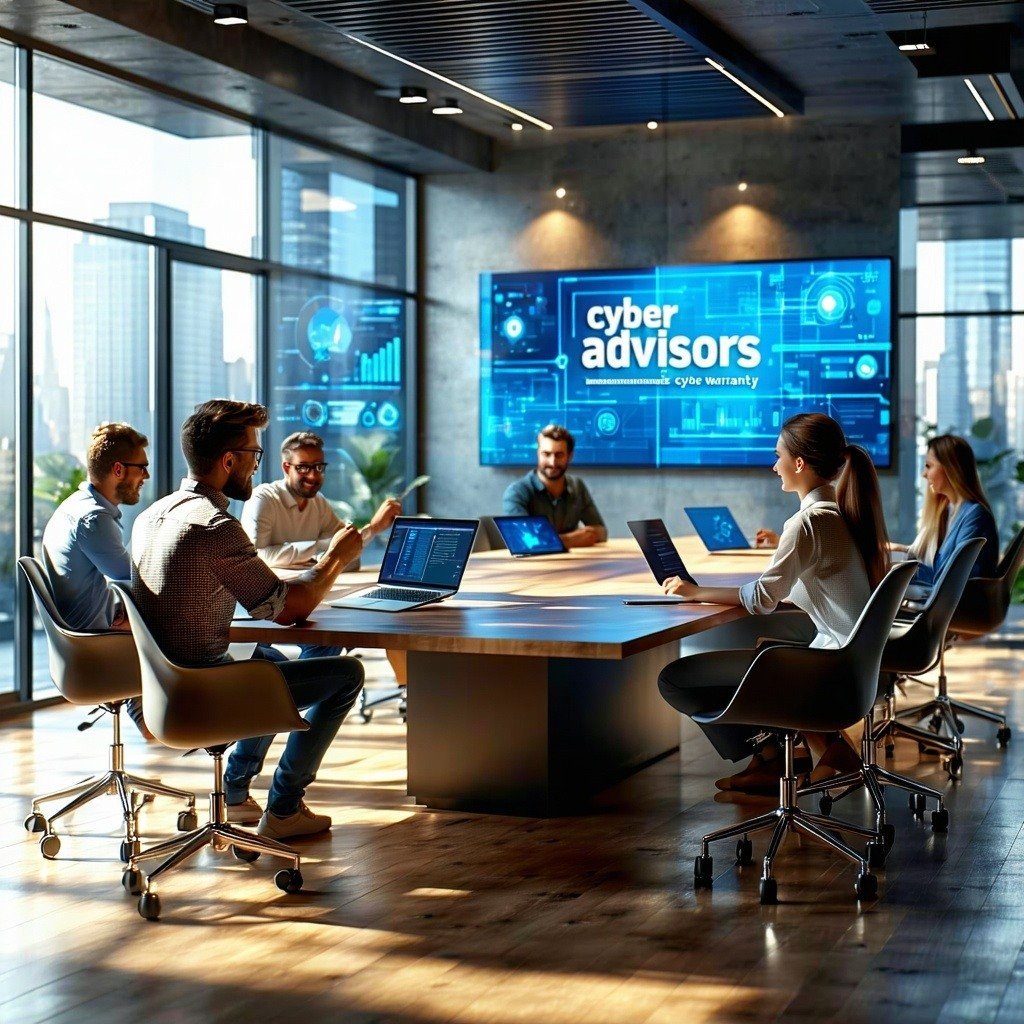Cybersecurity Breach Highlights Emerging Threats in 2025
In an era where digital interactions are integral to daily life, the risks tied to cybersecurity breaches have become increasingly critical. Such breaches can lead to unauthorized access, theft, or exposure of sensitive information, affecting individuals, businesses, and governments alike. As technology advances, so do the strategies of cybercriminals, resulting in more sophisticated attacks.

The consequences of a data breach extend far beyond the immediate financial losses that organizations might face. Victims of such breaches often endure long-term repercussions that can severely impact their operations and reputation. Reputational damage can be particularly devastating, as it may lead to a loss of customer confidence and a decline in market share. Legal liabilities can also arise, with organizations potentially facing lawsuits, regulatory fines, and penalties for failing to protect sensitive data adequately. Furthermore, the erosion of trust among clients and partners can disrupt business relationships, making it challenging to maintain existing partnerships or forge new ones. Recognizing the various methods used by cybercriminals to exploit vulnerabilities is crucial. This awareness enables individuals and organizations to implement effective preventative measures, safeguarding their data and systems from potential threats.
Industry leaders and cybersecurity experts consistently emphasize the importance of adopting proactive defense strategies to combat these threats. By implementing robust security protocols, organizations can create a strong defense against potential breaches. Regularly updating software is another critical component, as it ensures that systems are protected against the latest vulnerabilities. Conducting ongoing employee training is equally important, as it equips staff with the knowledge and skills needed to recognize and respond to potential threats. Additionally, understanding and adhering to legal and regulatory frameworks is essential for ensuring compliance and protection. This comprehensive approach not only reduces the risk of cyberattacks but also fortifies an organization's overall cybersecurity posture, enabling it to navigate the complex and ever-evolving digital environment with confidence.
Key Takeaways
- Cybersecurity breaches involve unauthorized access and data exposure.
- Consequences include financial loss and reputational harm.
- Prevention requires robust security protocols and strategies.
Understanding Cybersecurity
In today's digital era, cybersecurity stands as a pivotal element, especially with the surge in cyberattacks and data breaches that threaten the integrity and confidentiality of sensitive information. As digital interactions become more ingrained in our daily lives, the need for robust cybersecurity measures has never been more critical.
Foundational concepts like multi-factor authentication and data privacy are essential in fortifying protection strategies, serving as the first line of defense against unauthorized access and data theft.
Multi-factor authentication adds an extra layer of security by requiring users to provide multiple forms of verification, thereby significantly reducing the risk of unauthorized access. Meanwhile, data privacy ensures that personal and sensitive information is managed and protected in compliance with stringent regulations, safeguarding it from potential exploitation.
These foundational elements are not just technical necessities but strategic imperatives that empower organizations to build resilient defenses against the ever-evolving landscape of cyber threats.
By integrating these concepts into their cybersecurity frameworks, organizations can better protect their digital assets and maintain the trust of their stakeholders in an increasingly interconnected world.
Want to learn more?



